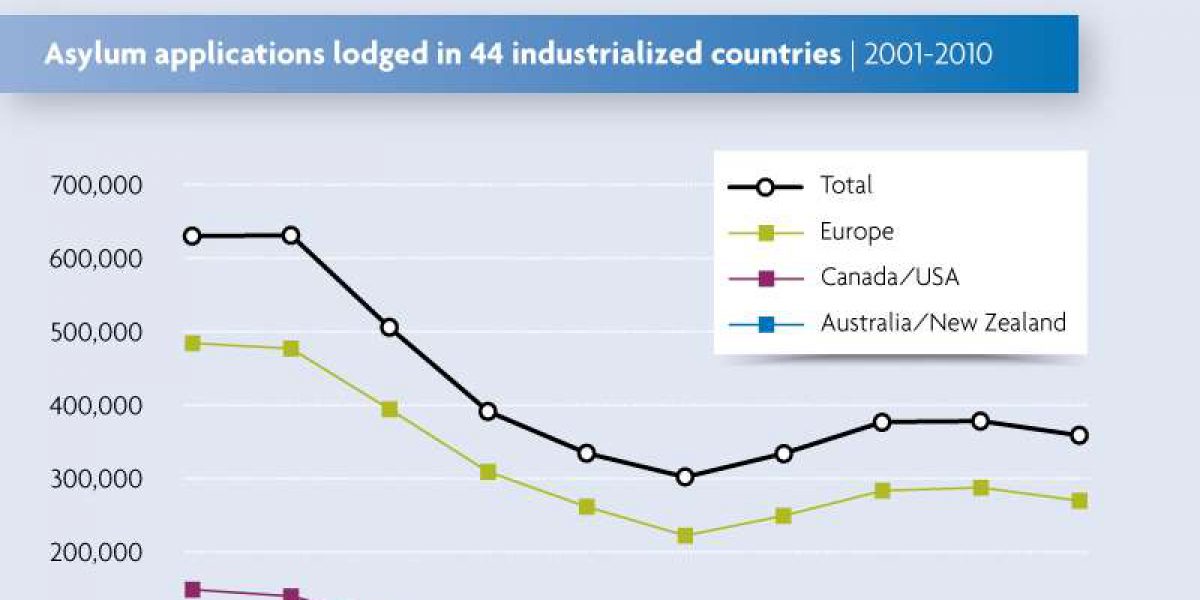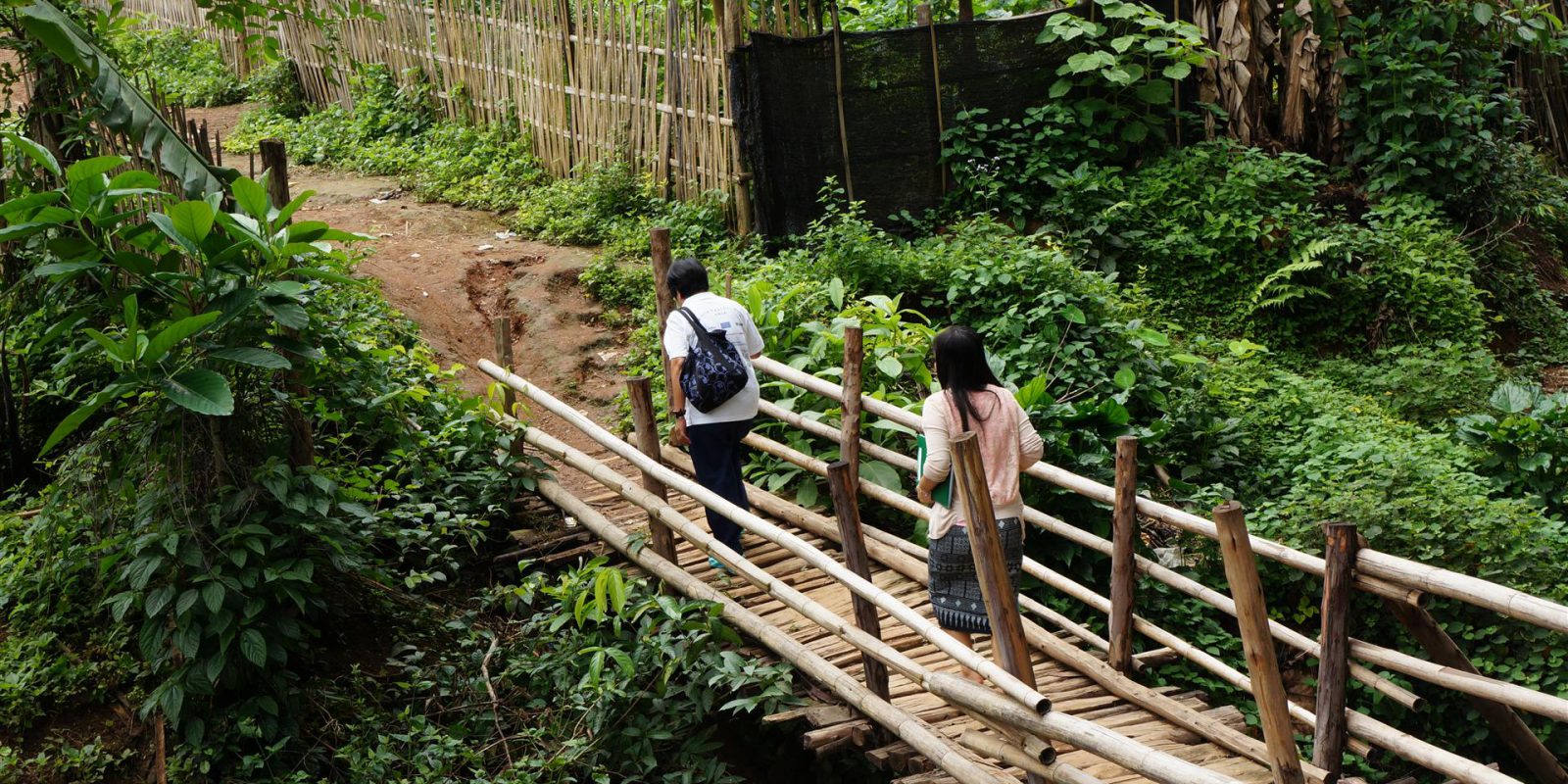International: Number of asylum seekers almost halved in 10 years
28 March 2011

Geneva, 28 March 2011 – New figures compiled by the UN refugee agency (UNHCR) have shown a dramatic fall in the number of asylum seekers in industrialised countries over the last decade.
According to the UNHCR statistical overview of asylum applications lodged in Europe and selected non-European countries, released yesterday, asylum applications dropped by five percent in 2010 to 358,000. The latest number was the fourth lowest in the last decade and almost half (42 percent) of the 620,000 applications filed in 2001.
Most regions, including Europe, North America and North Asia, reported year-on-year decreases. Despite increases in northern Europe, arrivals to the continent dropped by approximately one third. A similar decrease was experienced in Australia; while the drop in applications in the US was 13 percent.
Push or pull factors
These statistics need to be closely analysed to see if the decline either represents fewer push factors, or tighter migration control in host nations.
The top five asylum receiving countries in 2010 were: the United States, France, Germany, Sweden and Canada. Together, they accounted for more than half (56 percent) of all asylum applications covered in the report.
Serbia was the main source of asylum seekers to industrialised nations last year. It was responsible for 28,900 applications, an increase of 54 per cent compared to the previous year, followed by Afghanistan, China, Russia and Somalia.
The report findings demonstrate that developing countries continue to host the vast majority of the world’s refugees. Recent emergencies in Côte d’Ivoire and Libya are an illustration of this as refugees flee to neighbouring Liberia, and Tunisia and Egypt respectively.


